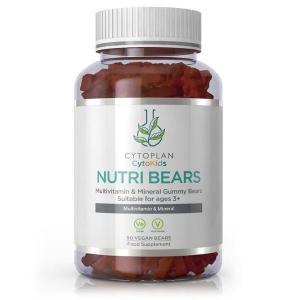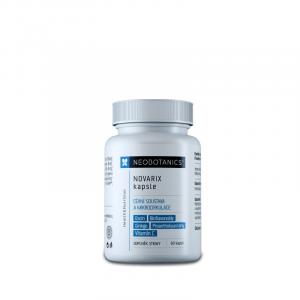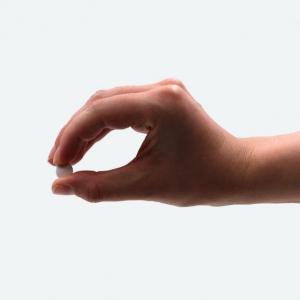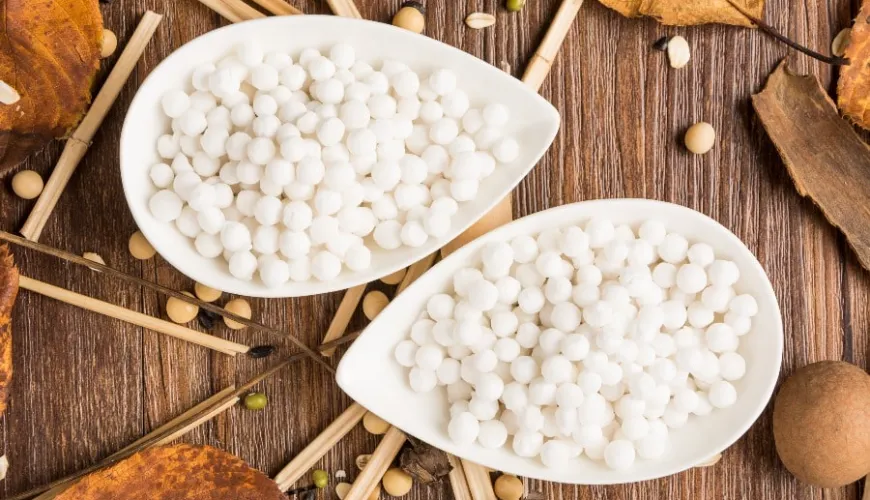
Discover the Tea Egg and Its Exceptional Flavor
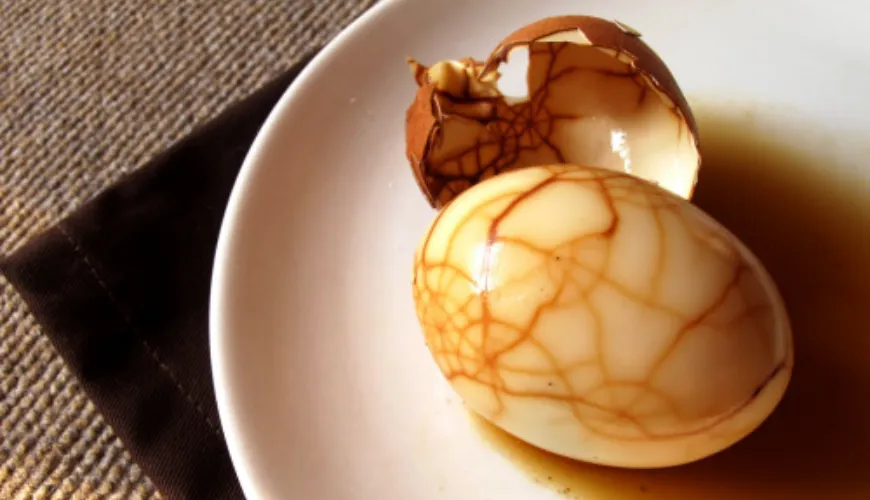
Tea Egg – An Ancient Dish with Modern Charm
The tea egg, also known as "cha ye dan," is one of the most popular and traditional dishes in Chinese cuisine. Although it may seem simple, it holds a rich history and a unique preparation method that combines natural ingredients with carefully balanced spices. Originally a humble street snack, the tea egg has become a symbol of cultural identity and a source of inspiration for modern chefs around the world.
The Story of the Tea Egg – From Traditional Dish to Global Trend
The history of the tea egg goes back hundreds of years, to a time when it was a favored dish among travelers and traders in the Far East. Thanks to its simple preparation and durability, the tea egg became an ideal travel food. People loved it not only for its delicious taste but also for its ability to stay fresh for several days, which was crucial at the time.
The traditional preparation of a tea egg begins with boiling eggs until hard. After boiling, the shell is gently cracked, creating a unique network of cracks that allow the spiced marinade to penetrate the egg and simultaneously create its characteristic marbling. This step is important because it is through this process that the tea egg gains its deep flavor and aesthetic appearance.
Immersion in Spiced Tea – How Unique Flavor is Created
The most important phase of preparing a tea egg is its maceration in a tea infusion. This infusion typically consists of black tea, soy sauce, spices such as star anise, cinnamon, cloves, and sometimes citrus peel. The mixture is slowly simmered to perfectly blend all the flavors, and the eggs lie in this mixture for several hours to days. The longer the egg is in the infusion, the more intense the flavor it acquires.
The maceration process allows the tea and spices to penetrate deep into the egg white. The result is a delicious and aromatic tea egg that not only looks beautiful, with its marbled surface, but also surprises with a rich and complex flavor. The spices add a subtle spicy hint, while the tea brings a pleasant bitterness and gentle smoky notes.
Try our natural products
The Tea Egg in Modern Gastronomy – A Blend of Tradition and Innovation
Although the tea egg originated as a simple dish for travelers, its popularity has been growing in modern gastronomy in recent years. In Asian restaurants, the tea egg is often served as an appetizer or part of tasting platters. More and more chefs are inspired by this traditional delicacy and incorporate it into modern and creative dishes. Combined with fermented vegetables, meat, or rice dishes, the tea egg gains a new dimension and attracts lovers of unusual culinary experiences.
Health Benefits of the Tea Egg
Besides its unique taste, the tea egg also offers several significant health benefits. The egg itself is an excellent source of protein, essential amino acids, vitamins, and minerals, such as vitamin D, B12, and iron. This makes the tea egg a nutritious addition to the diet that supports muscle growth, body regeneration, and overall health.
Try our natural products
Black tea, in which the tea egg is macerated, is rich in antioxidants, especially polyphenols, which protect the body from free radicals and support heart health. Additionally, traditional spices like cinnamon and star anise boast anti-inflammatory and antibacterial effects. Regular consumption of tea eggs can contribute to better digestion, enhanced immunity, and overall vitality.
Cultural Significance of the Tea Egg
In China, the tea egg holds strong cultural significance. Many Chinese believe that consuming this dish brings longevity and good health. The tea egg is often served during traditional festivals, celebrations, and family gatherings, where it serves not only as a delicacy but also as a symbol of unity and prosperity. In some regions, the tea egg is even part of wedding ceremonies, symbolizing fertility and prosperity.
How to Prepare a Tea Egg at Home?
You can easily prepare a tea egg at home with minimal ingredients. You will need a few eggs, quality black tea, soy sauce, and spices to taste. The preparation process is somewhat time-consuming, but the result is worth it. This way, you can enrich your diet with a traditional Chinese dish that is not only tasty but also nutritious.
Tea Egg as a Part of Family Tables
If you want to bring a touch of exoticism to your kitchen while also enjoying a healthy meal, the tea egg is a great choice. It can be part of breakfast, a light lunch or dinner, and even serve as an interesting treat for guests. Its distinctive flavor and attractive appearance make it an ideal dish for those who enjoy trying new things and want to taste something with deep cultural roots.
The tea egg is more than just food. It is a fusion of tradition, history, and modern culinary creativity. Whether you taste it in its traditional form on the streets in China or prepare it at home as part of a modern dish, the tea egg will surprise you with its uniqueness and flavor, perfectly combined with the simplicity of preparation. Let yourself be inspired by this fascinating dish and enrich your kitchen with a piece of traditional Chinese culinary art.


